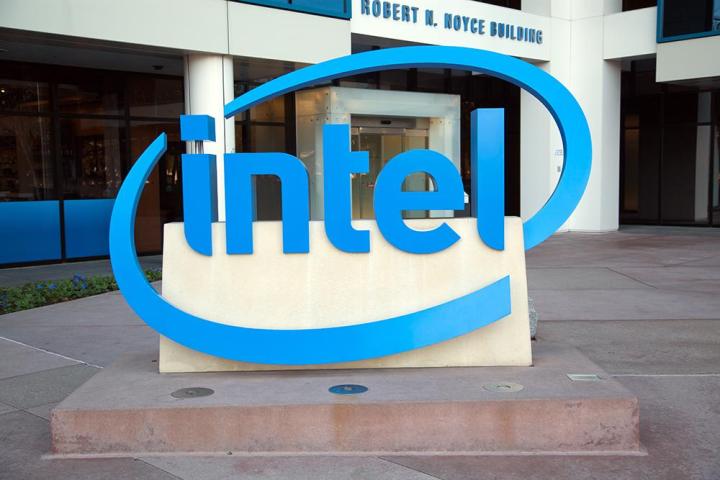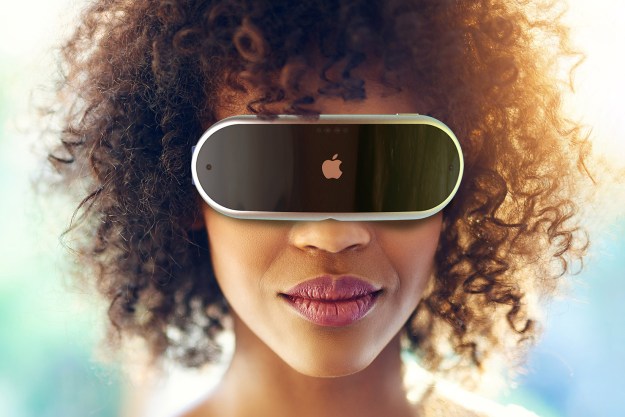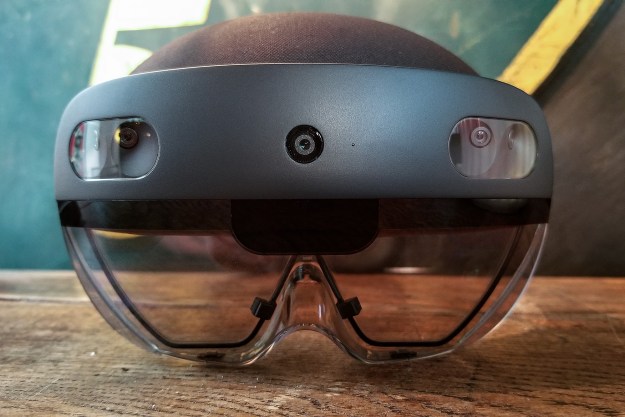
If implemented usefully, RealSense could potentially sell consumers on Intel’s headset as opposed to similar endeavors from companies like Microsoft, Google, Apple, and Facebook.
While augmented reality isn’t quite the same as mixed reality, the terms are often used interchangeably due to their striking similarities. According to Re/code, while AR focuses on delivering utility without the need for the use of multiple devices, MR is focused on combining both augmented and virtual realities into a succinct … well, mixed reality. Typically requiring a headset, mixed reality renders holographic 3D objects in the real world with the intent of human interaction.
Chances are, if these reports are true, Intel’s headset would likely be closer to mixed reality than the augmented sort. Nevertheless, expanding into the relatively untapped AR market could help Intel achieve success apart from the rapidly declining computer CPU market. Furthermore, rumors suggest that Intel is planning on partnering with an array of different manufacturers rather than making one proprietary headset on the basis of its design. It’s not clear, however, which OEMs the company would have in mind.
Achin Bhowmik, vice president and general manager of Intel’s perceptual computing group, neglected to respond to the Wall Street Journal’s report.
What he did manage to say, though, is that Intel has a long, rich history of designing prototypes for its products, such as laptop PCs, to pitch to its clients. “We have to build the entire experience ourselves before we can convince the ecosystem,” Bhowmik explained.
Interestingly enough, as WSJ points out, augmented reality could open up a number of new doors for the company. Not only would an AR or MR headset demand the use of its own microprocessing chips, but it would call for the development of specialized image-processing chips as well as 3D camera peripherals.
Of the purported wealth of companies the Silicon Valley giant is working with on this yet-to-be-announced project, five of them are Intel-owned while several others have received investments and partnership opportunities from Intel. These include Recon Instruments, which Intel acquired last June, and LA startup Daqri.
Wall Street Forensics chief analyst Matt Margolis suggests that Intel spent somewhere between $300 million and $500 million in augmented reality investments and acquisitions.
With the integration of RealSense tech, Intel’s AR headset could mean the introduction of features like gesture controls and facial recognition to the digital reality space. In recent examples of its utility, including drones and robots, RealSense has enabled users — both organic and artificial — to move around freely without bumping into their surroundings.
At the same time, Microsoft’s HoloLens headset exhibits more of a mixed reality-type system, pushing out holographic 3D images, enabling users to play games like Minecraft but in the real world. Though Microsoft itself is reportedly collaborating with Microsoft on its AR initiative, a spokesperson at the Redmond company declined to comment.
With the GDC 2016 swiftly approaching, we may see what Intel is concealing under its sleeves within the coming weeks. In a press invite sent to us earlier in the week, Intel said it will “show off new hardware” and “discuss its virtual reality strategy” at this year’s Game Developers Conference.
Editors' Recommendations
- Apple boss says AR ‘may be even better than just the real world’
- This microLED advancement is exactly what AR and VR needs
- Here’s why Apple’s VR headset may become an ‘expensive flop’
- Apple’s AR/VR headset gets one step closer to a reality
- Meta wants its next VR headset to replace your laptop


